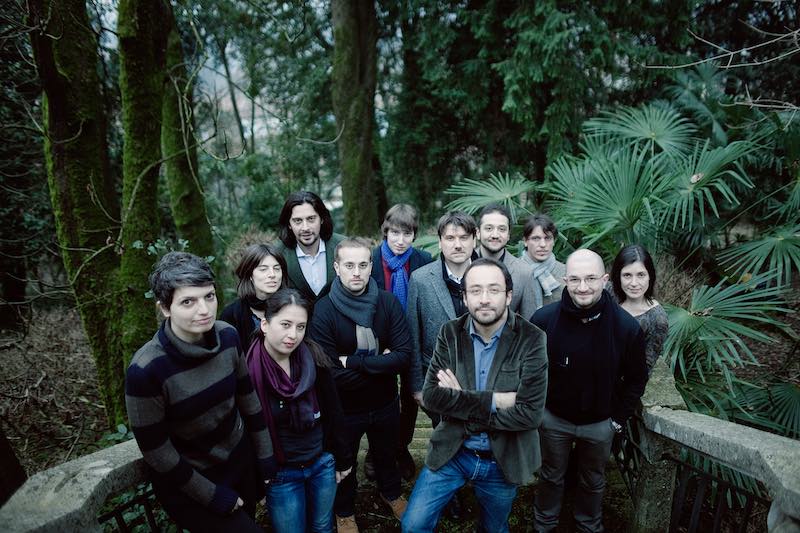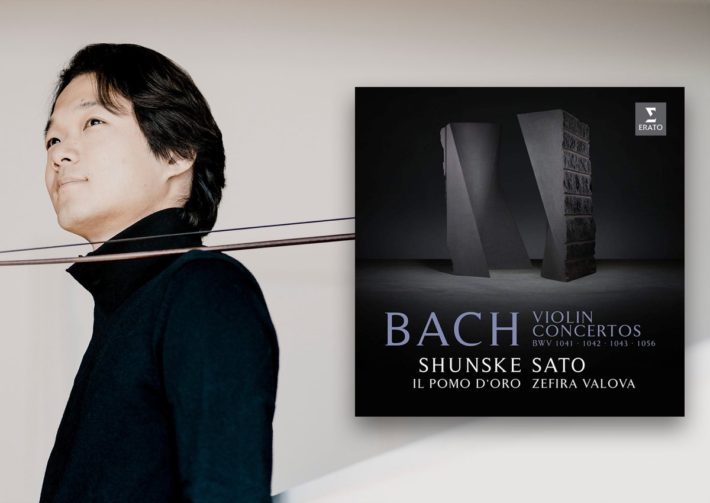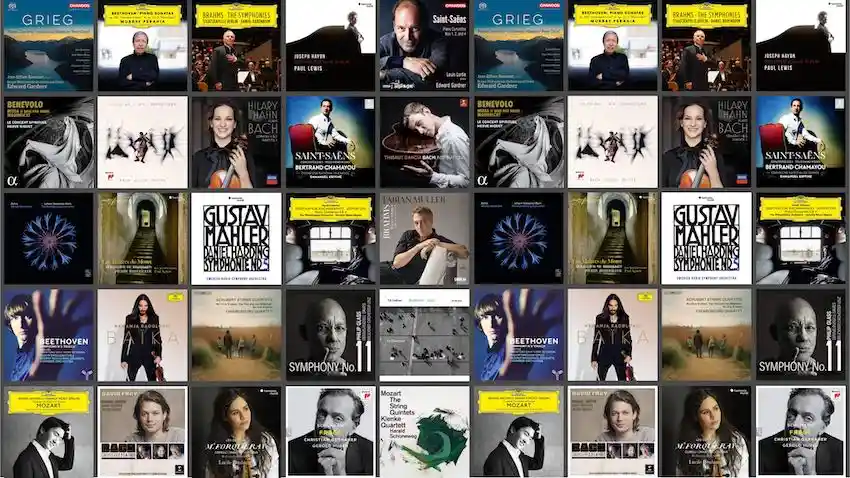Image of the artist: ©️Shunske Sato
It’s not easy standing out with a Bach recording these days, as in any major classical music compositions, but this new album by Violinist Shunske Sato does just that, with an exciting new version to few of Bach’s Violin Concertos and Double Concerto.
The opening of the A Minor Violin Concerto opens with a judged, flowing tempo, and indeed all of the tempo choices in the album sound remarkably considered and natural. But it’s not a rigid choice; Listen how, during the first movement, small cadenzas “interrupts” the accompaniment’s bit (1:20). The second Andante is, again, naturally pacing along, as an Andante should sound. The third movement’s triple rhythm is sufficiently energetic without sounding at all pressed.
Get periodic updates about new classical music albums reviews, news and guides.
We respect your privacy.
Shunske Sato does the absolute best with his instrument, gut strings and baroque bow, somehow manages to sound improvisatory and studied at the same time, with touches of ornamentations on repeats and loving vibrato that spices the musical phrases.
Like with their other recordings, Il Pomo d’Oro is a wonderfully supportive and distinctive group, blending when necessary and articulating background lines when called for, such as on the double concerto’s finale movement (1:10). In this Two Violins Concerto (BWV. 1043), Sato is joined by first violin the group, Zefira Valova, with a joyful performance of the outer movements and a seductive, emotionally involved slow movement.
Like in Rachel Podger’s similarly programmed Bach’s solo concertos album, Sato includes an arrangement to the Keyboard Concerto in F Minor for Keyboard and strings, presumably written to either high woodwind or violin and here transcribed to G Minor. Its main attraction is the middle, slow movement, a Largo, aria-like in character and accompanied by quiet pizzicato. It seems that Sato is deeply moved by this movement, and gives it his all.

If anything prevents this from being a complete success, is the E Major Concerto, that seems somehow underplayed in the outer movements. That being said, the weight is transferred to the middle movement in a glowing performance, which can explain the relative lack of liveliness that precedes it.
Erato got things pretty much perfect this time with the recording quality. The small baroque group and soloists are nicely balanced, with the mics picking up all the subtleties of the instruments without sounding too close. As for other versions (also listed below), you may want to hear Giuliano Carmignola’s version for an energetic, almost wild account of the solo and double concertos, or, in the same repertoire, Gottfried von der Goltz with the Freiburger Barockorchester for a more clear-headed, a bit cooler approach. Andrew Manze with the Academy of Ancient Music is still one of the best versions out there, combining qualities from modern and period groups, with a superb account of the double concerto, joined by Rachel Podger, who in her own take on the solo concertos can be a bit downsized by the smaller, one-voice-per-part ensemble. Sato’s newcomer is not less successful, and incisively enjoyable.

Bach – Violin Concertos BWV. 1041, 1042, 1056R; Double Concerto for two violins BWV. 1043 (1)
Shunske Sato, Zefira Valova (2) – Violin
Il Pomo d’Oro
Erato / Warner Classics, CD 0190295633784
Follow Us and Comment:
Get our periodic classical music newsletter with our recent reviews, news and beginners guides.
We respect your privacy.









